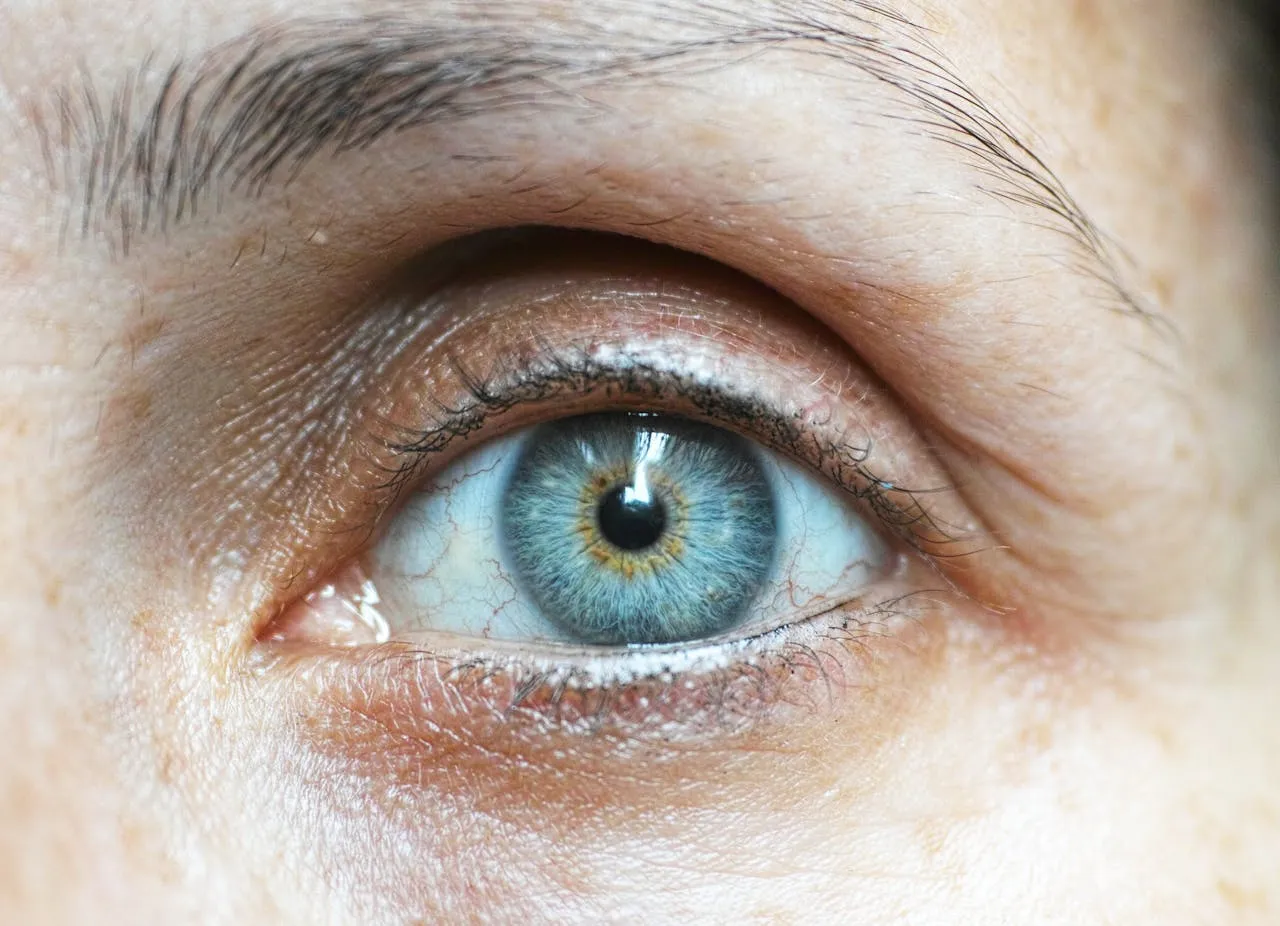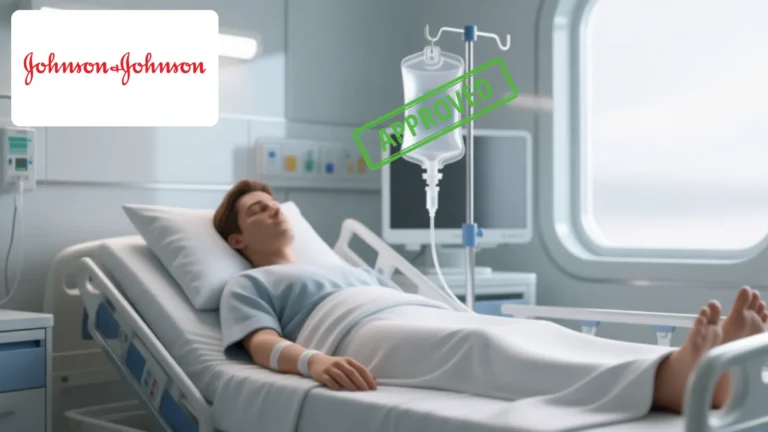
Grifols Secures FDA Clearance to Advance Immunoglobulin Eye Drops into Phase 2 Trial for Dry Eye Disease
Grifols, a global leader in the production of plasma-derived medicines and a prominent name in the healthcare sector, has taken a pivotal step forward in the development of an innovative treatment for dry eye disease (DED). The U.S. Food and Drug Administration (FDA) has officially cleared the company’s Investigational New Drug (IND) application, allowing it to initiate a Phase 2 clinical trial of GRF312 Ophthalmic Solution—an eye drop formulation based on immunoglobulin (IG). This move marks a potentially groundbreaking milestone: the pursuit of the first-ever ocular surface indication for an IG-based therapy.
This FDA clearance could reshape the landscape of DED treatment, offering new hope for millions affected by the condition. The upcoming clinical trial will further explore the therapeutic benefits of Grifols’ IG eye drops, building on promising results from a previous early-stage study. If successful, GRF312 could emerge as a first-in-class treatment option for one of the most prevalent and often overlooked chronic ocular disorders.
A Widespread, Yet Under-Treated, Inflammatory Eye Condition
Dry eye disease is a pervasive inflammatory disorder that affects over 100 million individuals globally. It is typically characterized by insufficient lubrication and moisture on the surface of the eye, which can lead to symptoms such as stinging, burning, eye fatigue, blurred vision, and in severe cases, long-term damage to the corneal tissue and permanent vision impairment. The impact of DED extends beyond discomfort, often affecting quality of life, productivity, and the ability to perform everyday tasks.
Current treatment options for DED range from over-the-counter artificial tears to prescription anti-inflammatory medications, such as cyclosporine and lifitegrast. However, these treatments often yield mixed results, with many patients continuing to experience symptoms or experiencing intolerable side effects. This therapeutic gap underscores the pressing need for more effective and better-tolerated alternatives.
Grifols’ development of IG-based eye drops represents a novel and promising approach. Immunoglobulins, which are antibodies derived from human plasma, are widely known for their immune-modulating and anti-inflammatory effects. They have been successfully used in systemic diseases, and now Grifols aims to extend their benefits to ocular surface diseases like DED.
Groundwork Laid by Pilot Study and Strategic Collaboration
The Phase 2 trial builds upon an earlier pilot Phase 1/2 clinical study carried out by Selagine, a biopharmaceutical company specializing in ocular therapeutics. The study was conducted at the Department of Ophthalmology at the University of Illinois College of Medicine. Selagine collaborated closely with Grifols to evaluate the safety and preliminary efficacy of the IG formulation in a small cohort of DED patients.
During that study, patients received the IG-based eye drops twice daily for a period of eight weeks. The results were encouraging: patients treated with the investigational product demonstrated significant improvements in both signs and symptoms of dry eye disease compared to baseline, without experiencing any notable adverse events or tolerability issues. These findings laid a strong foundation for advancing the therapy into the next phase of development.
Dr. Sandeep Jain, MD, founder and President of Selagine, and BA Field Professor of Ophthalmology at the University of Illinois Chicago, underscored the importance of the collaboration. “Selagine and Grifols joining efforts and complementary expertise successfully led the treatment to a Phase 2 clinical trial,” he said. “The results obtained to date and this promising development reinforce the potential of this novel treatment approach to significantly improve the quality of life of dry eye disease patients.”
The upcoming Phase 2 study is designed to be a more robust, multi-center clinical trial that will enroll approximately 100 patients diagnosed with dry eye disease. It aims to rigorously assess the safety, tolerability, and efficacy of the IG-based eye drops across a broader patient population. The trial is expected to begin in the third quarter of 2025, marking a crucial step toward the potential commercialization of the product.
Harnessing Immunoglobulins for a New Frontier in Eye Care
Grifols is renowned for its deep scientific and manufacturing expertise in the area of plasma-derived therapies, particularly immunoglobulins. The company has a longstanding reputation for developing treatments that address immunodeficiencies, autoimmune conditions, and other rare diseases. Leveraging this core capability, Grifols now seeks to bring its IG innovation to the ophthalmology space—an area with significant unmet needs.
According to Dr. Jörg Schüttrumpf, Chief Scientific Innovation Officer at Grifols, the scientific rationale behind using IG in dry eye treatment is compelling. “We believe our immunoglobulin eye drops have the potential to make a qualitative leap in how dry eye disease is treated,” he said. “Research suggests that the broad-spectrum anti-inflammatory and immunomodulatory properties of an ocular surface IG are superior to currently approved therapies, including artificial tears and anti-inflammatories. We are using our extensive and deep knowledge of immunoglobulins to benefit the millions of patients globally who aren’t receiving sufficient relief.”
Unlike conventional therapies that target specific inflammatory pathways or offer only symptomatic relief, immunoglobulins have a multi-faceted mechanism of action. They can modulate both innate and adaptive immune responses, neutralize inflammatory mediators, and restore homeostasis at the ocular surface. This broad therapeutic profile may offer a significant advantage in treating the complex and multifactorial nature of DED.
A Strategic Partnership with a Vision for the Future
In March 2023, Grifols formalized its partnership with Selagine through a collaboration and licensing agreement. Under the terms of the deal, Grifols secured exclusive global rights to develop and commercialize the IG-based ophthalmic therapy. This strategic alliance combines Grifols’ unparalleled capabilities in immunoglobulin research and biologics manufacturing with Selagine’s innovative research in ophthalmology and its clinical experience treating debilitating eye conditions.
The alliance exemplifies how collaboration between large biopharma companies and nimble, research-driven biotech startups can accelerate the development of novel therapies. By pooling resources, scientific expertise, and clinical know-how, Grifols and Selagine have rapidly progressed from preclinical proof-of-concept to an FDA-cleared Phase 2 program in under two years.
Looking ahead, the success of the Phase 2 trial could position GRF312 as a first-in-class therapy with the potential to redefine the standard of care in dry eye disease. Moreover, it could open the door for further research into the use of immunoglobulin-based treatments for other ocular surface disorders, including those associated with autoimmune diseases, post-surgical inflammation, or contact lens intolerance.
With FDA clearance now in hand, Grifols is poised to advance its pioneering GRF312 IG eye drops into Phase 2 clinical development, representing a significant milestone in the quest for more effective treatments for dry eye disease. Backed by promising early data, strong scientific rationale, and a synergistic partnership with Selagine, the company is charting new territory in ophthalmic care by applying its world-class expertise in immunoglobulin therapies to an area of high unmet medical need.
As the trial moves forward, the ophthalmology community and patients alike will be watching closely. If GRF312 lives up to its early promise, it could become a transformative option for millions who suffer from chronic dry eye, helping them regain not only comfort and vision, but also their quality of life.




